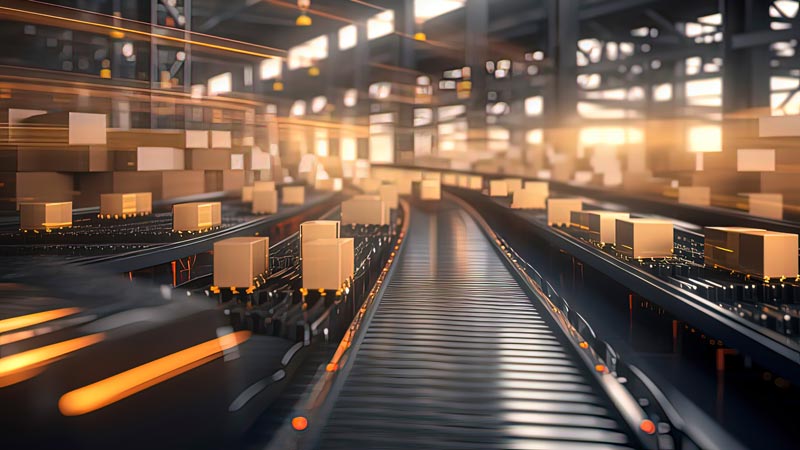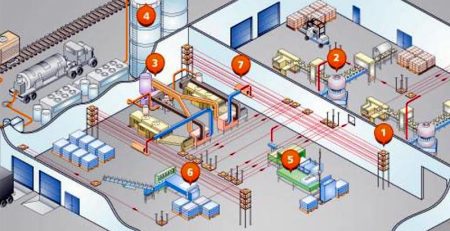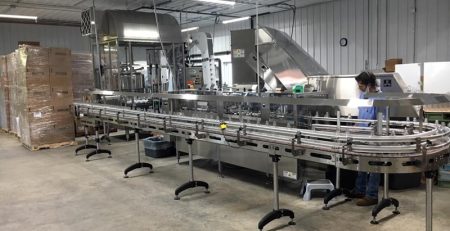Packaging technology, once considered a mundane aspect of product delivery, has evolved into a dynamic field with far-reaching implications for sustainability, consumer experience, and supply chain efficiency. The future of packaging technology holds the promise of transforming industries, reducing environmental impact, and enhancing the way we interact with products. In this rapidly changing landscape, innovative materials, intelligent designs, and a shift towards eco-conscious practices are driving the revolution in packaging technology.
The Future of Packaging Technology
Sustainability at the Forefront
One of the most significant trends shaping the future of packaging technology is the emphasis on sustainability. With growing environmental concerns, consumers are demanding eco-friendly packaging solutions that minimize waste and reduce the carbon footprint. Companies are responding by adopting practices such as lightweighting—reducing material usage without compromising packaging integrity—and exploring alternatives like biodegradable, compostable, and recyclable materials. Packaging designers are increasingly opting for materials derived from renewable sources, such as plant-based plastics, mushroom-based packaging, and even edible packaging. These innovations not only address the issue of plastic pollution but also contribute to a circular economy where packaging materials are reused, recycled, or returned to the environment harmlessly.
Smart and Interactive Packaging
The integration of technology into packaging is reshaping the way products are presented and consumed. Smart packaging is enabling real-time communication between products and consumers, offering benefits like freshness tracking, nutritional information, and interactive content. QR codes, NFC (Near Field Communication), and RFID (Radio-Frequency Identification) tags on packaging allow consumers to access detailed product information, track the origin of goods, and even provide feedback to manufacturers. This not only enhances consumer engagement but also helps in supply chain management by improving inventory tracking and reducing counterfeiting.
Minimalism and Functional Design
The future of packaging is moving towards minimalistic and functional design principles. Streamlined packaging not only creates a distinct visual identity but also reduces material waste. Brands are embracing simplicity, using clean lines, and opting for monochromatic color schemes to stand out on the shelves. This design approach not only reduces environmental impact but also resonates with the modern consumer’s preference for clutter-free, elegant packaging.
Personalization and Customization
Advances in technology are enabling brands to create personalized and customized packaging with ease. From adding a customer’s name to a product label to designing unique packaging for special occasions, this trend adds a touch of exclusivity and fosters a deeper emotional connection between the consumer and the product. Mass customization allows companies to cater to individual preferences without compromising on efficiency, showing the potential to revolutionize .
Supply Chain Efficiency and Innovation
Packaging technology is also transforming supply chain operations. The introduction of automation and robotics in packaging facilities is streamlining processes, reducing errors, and increasing efficiency. Smart packaging solutions are being integrated with logistics systems, enabling real-time tracking of shipments and facilitating better inventory management. Blockchain technology is being explored to enhance transparency and traceability across the supply chain, ensuring that products reach consumers with accurate information about their journey from source to shelf.
Challenges and Considerations
While the future of packaging technology holds immense promise, there are challenges that need to be addressed. The adoption of new materials and technologies requires careful consideration of factors like cost, scalability, and compatibility with existing systems. Ensuring that sustainable packaging materials are truly environmentally friendly throughout their lifecycle, including disposal, is crucial. Additionally, as technology becomes more integrated with packaging, concerns related to data security and privacy must be carefully managed.
Embracing the Future of Packaging Technology
In conclusion, the future of packaging technology is undergoing a paradigm shift driven by sustainability, technology integration, and consumer-centric design. This transformation holds the potential to reshape industries, improve supply chain operations, and reduce the environmental impact of consumer goods. As innovation continues to drive this evolution, collaboration between industries, policymakers, and consumers will play a pivotal role in realizing a future where packaging is not only functional and appealing but also responsible and sustainable.











